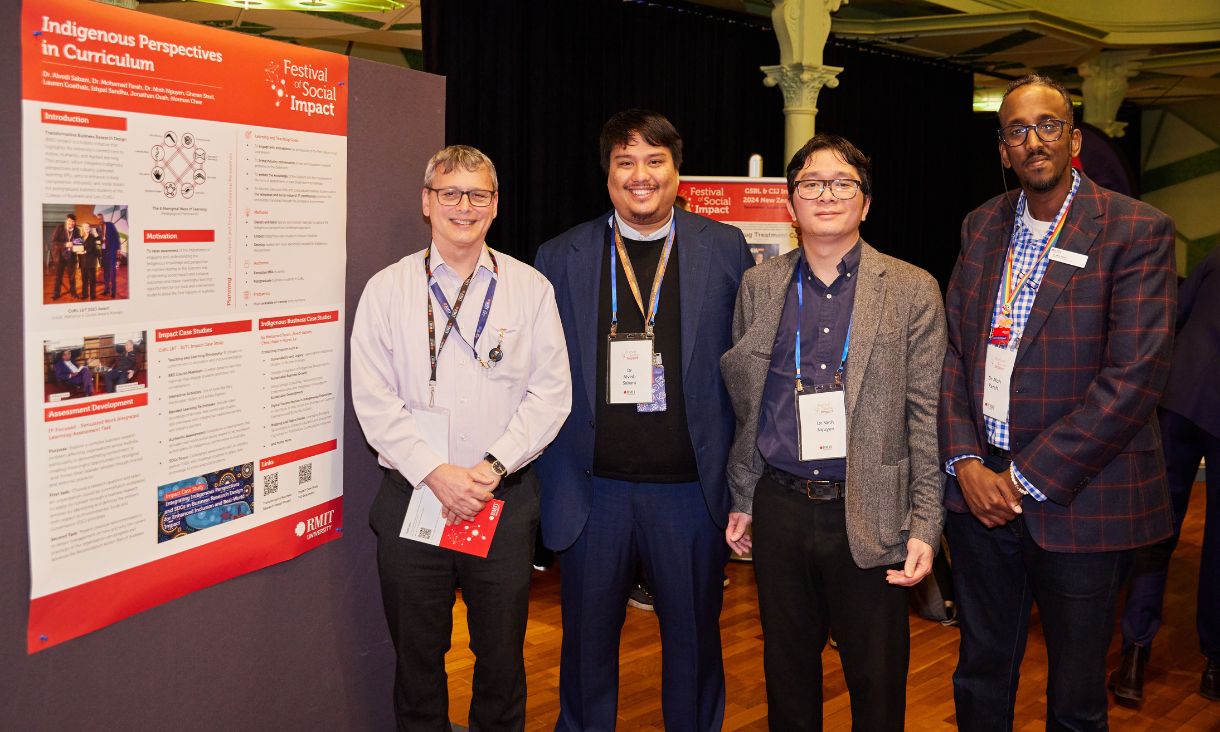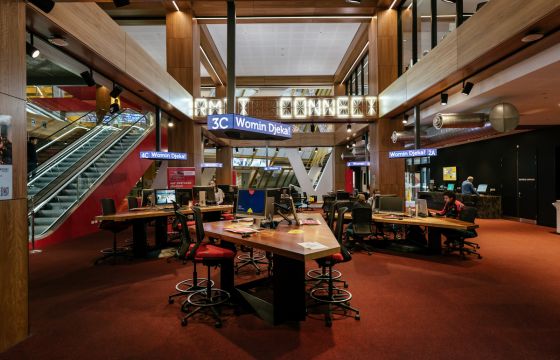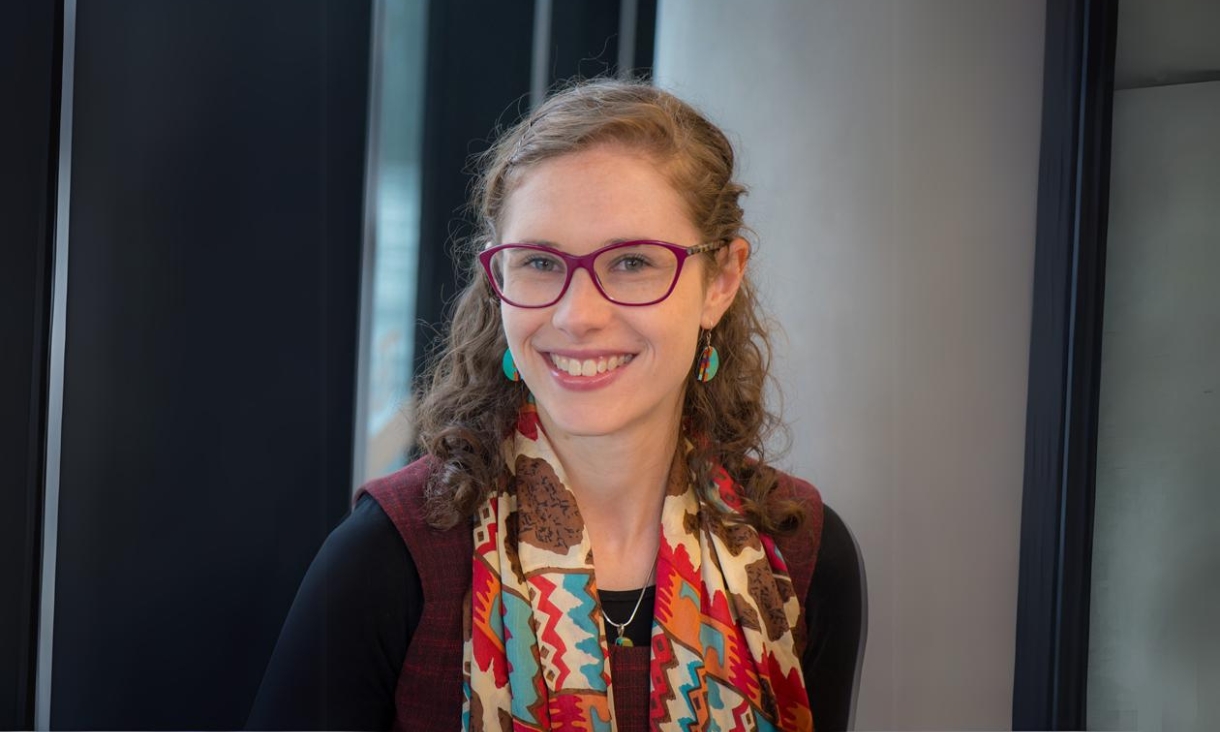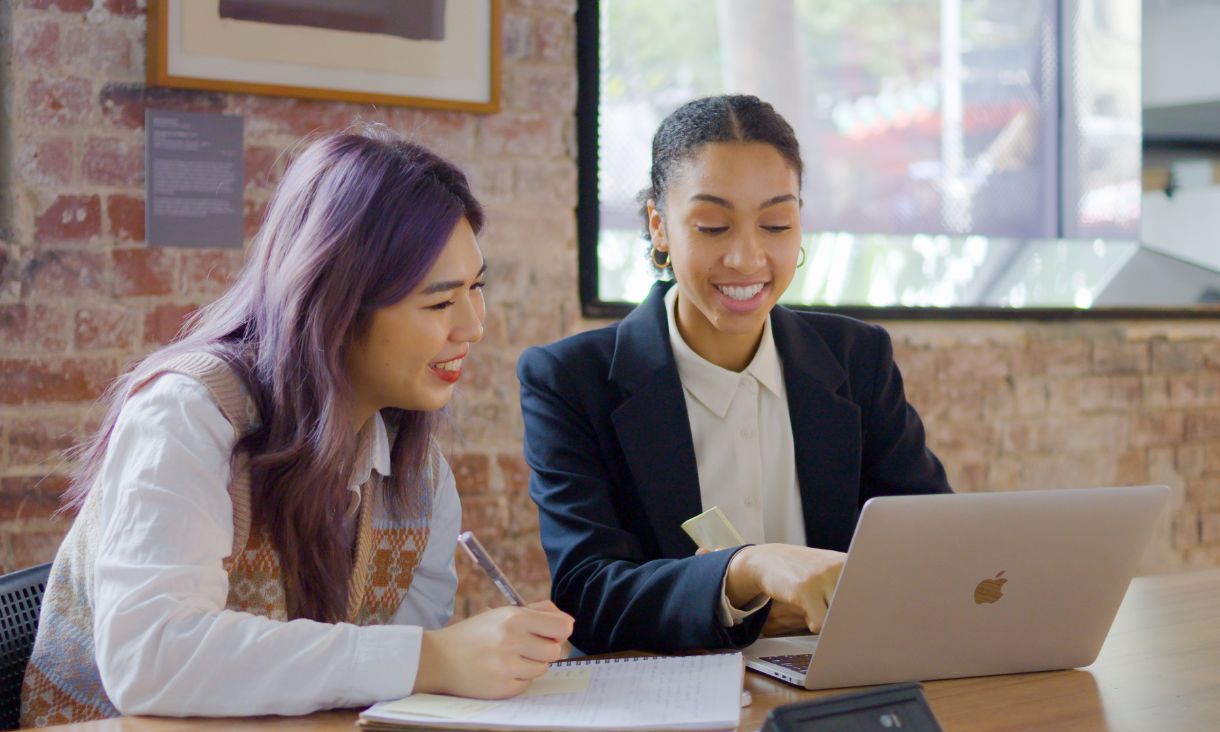To kick off the conversation could give us an understanding of what is copyright, and why do we have it?
Copyright is built on an old law that started out as ‘the right to control copying’.
The idea was to encourage people to create and write books, make works of art, and compose songs by giving them a monopoly, or exclusive rights to control copying, allow them to earn a living off their creativity or innovation.
In exchange for the author or owner getting these exclusive “copy rights”, the deal was that after a certain time when the author or creator had died, those copy rights would expire and the creative work would pass into the public domain.
This is the trade off and balance between public interests and private ones. It was intended to create a society and support an economy that values artistic, creative work, originality, and the application of intellectual effort by giving the creators control over it but only for a specific period.
After the copyright period expires, the work then becomes available for everyone to use it.
So, if someone is the copyright owner over something, they have the right to control who makes copies of it, and how many copies they can make, and even what can be done with those copies (such as on-selling them).
This has a particular significance when we’re talking about physical items. So, the owner of copyright in a book has the right to control who gets to print it and sell it.
But since we’ve moved into the digital age, it’s so much easier for someone make an unauthorised reproduction of it, just with a couple of clicks.
However, the law still says, that if someone does this then the unauthorised digital file can also be an infringement. Interestingly, when we talk about things that relate to our educational activities – a syllabus, a learning plan, readings, content, videos – lots of different layers of copyright might apply to each of these assets.
A diagram would be an artistic work, protected by copyright. A detailed lesson plan with thorough case studies, and examples might constitute a literary written work.
But also, a digital SCORM file, including things like the written computer programming code and instructions – including source code and an online learning experience would also technically constitute a literary work, under copyright law.
So much of the core teaching and learning tools that underpins what RMIT does is a copyright asset.







